Language
You can read the magazine in one of the following languages
Geolocation
You can read the global content or the content from your region


With what could be the country’s biggest ever infrastructure program underway, New South Wales is going through an exciting time. The next three years will see Transport for NSW spend A$70 billion on major projects within the state, an unusually large sum that is expected to extend to A$100 billion over the next 10 years.
It’s not just about Greater Sydney, either. While the capital city will benefit from major investments into critical infrastructure, such as Westconnex and some of the big road tunnels, there is a great deal being injected into the regions, too – for example, the Coffs Harbour Bypass and the Great Western Tunnel through the Blue Mountains.
Transport for NSW’s projects range from fixing old wooden bridges on country roads and maritime wharfs through to mega projects such as the second tunnel crossing of Sydney Harbour, which will link into giant underground freeway systems beneath Sydney.
Thousands of projects are underway, ranging in scale from small to large, along with more than 100 mega projects. Many of these are expected to take between 50–100 years, thanks to the complexity of the engineering work and expertise involved.
Immense in scale, these vast pieces of infrastructure are anticipated to last generations, but they’re not the only ones that will make a difference. Transport for NSW’s smaller projects in regional areas are also changing lives.
With an area spanning 809,444 kilometres-squared and a coastline of 2,137 kilometres in length, when it comes to size and scale, NSW, with its extensive rail networks and the largest pipeline in the country, is considered one of the biggest states in Australia. But being the biggest does come with a number of challenges.
Keeping the economy moving has been a top priority in recent years and so, in a quest to build “better, safer roads and bridges” that can handle the higher speeds and loads required by freight operations, a new round of the A$543 million Fixing Country Roads program is currently underway. Local councils are encouraged to apply for the funding, which will focus on “shovel-ready” projects that will immediately boost communities across the state.

“Every 100 kilometres out of a truck driver’s way costs over A$300, so helping councils to build the infrastructure that reduces travel times for industry will ultimately reduce costs for families.”
- Minister for Regional Transport and Roads, Sam Farraway
Minister for Regional Transport and Roads Sam Farraway explained the project’s goal is to enable the faster and more efficient transportation of food, produce and raw materials to market. “Every 100 kilometres out of a truck driver’s way costs over A$300, so helping councils to build the infrastructure that reduces travel times for industry will ultimately reduce costs for families,” he said.
More than 80 regional state councils have benefited from the program to date, totalling A$462.5 million spread across more than 320 projects.
Larger projects can take much longer because they stretch across vast distances. Greater Western Sydney’s new metro rail, which will travel to the new Western Sydney International Airport, is one such undertaking linking residential areas with economic hubs such as the Western Sydney Aerotropolis, as well as interfacing with the current rail systems along its 23-kilometre length.
Described as a “transport spine’ for the area, the project will also create more than 14,000 jobs. Meanwhile, the multibillion-dollar Western Harbour Tunnel and Warringah Freeway upgrade is expected to be completed in 2026.
Such lengthy plans bring with them an array of challenges, particularly in the aftermath of the pandemic, with its supply chain pressures and labour shortages.

However, a concerted effort by the government to keep money flowing into the economy saw Transport for NSW pull forward a number of projects amounting to several billion dollars, particularly in the regional space but also in some city areas.
These hundreds of smaller “shovel-ready” projects were swiftly carried out across regional NSW in partnership with the local councils. They included patching up roads, repairing bridges and a lot of remediation work necessary in the aftermath of recent floods and bushfires. Because they were on a smaller scale, they were typically completed within six months-to-two years, getting the money into the economy fast.
Maritime work is also underway, with wharf repairs all the way up to Coffs Harbour and a great deal of repair works necessitated by the flooding such as dredging – although some of these are larger projects that will take as long as 10 years to complete.
Recently the Bureau of Meteorology declared the third consecutive La Nina event, with the wet weather system resulting in flooding across the state for the second time this year. With flood risks expected to continue into the coming months, transport infrastructure has been heavily affected, and considerable investment will be required to futureproof it against further disasters.
In October, the NSW Government opened applications for 26 flood-damaged regions to share in A$312.5 million to help rebuild damaged roads and transport infrastructure. It follows the announcement of support to rebuild damaged roads earlier in the year, with this new iteration committed to rebuilding in a “more resilient way” rather than simply returning to pre-disaster conditions.
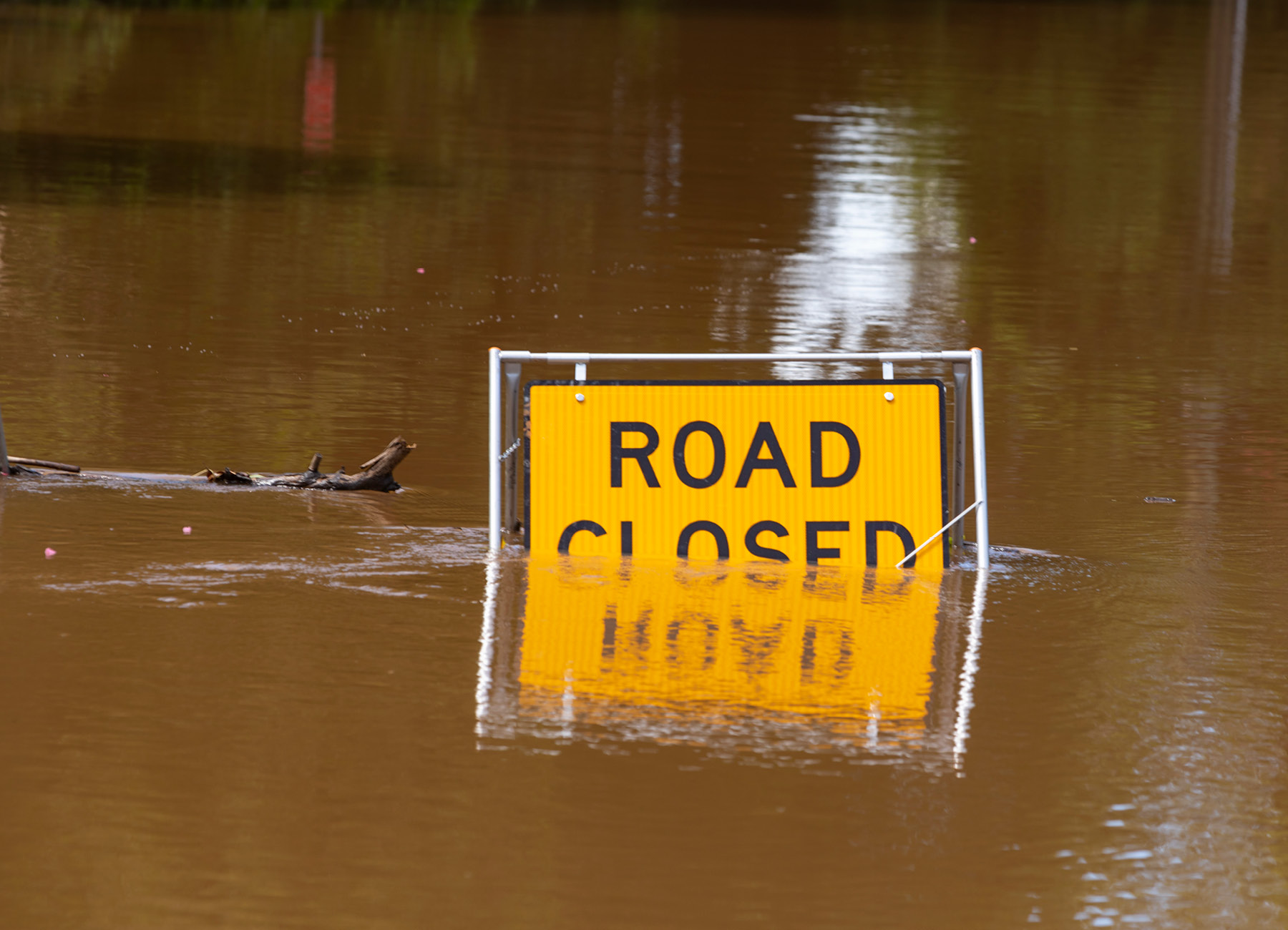
“We’ve seen infrastructure like roads and bridges damaged time and again, with no opportunity for them to be repaired or built to a standard that would help them withstand and bounce back from a future natural disaster.”
- Federal Minister for Emergency Management, Murray Watt
This new “Betterment” program, an agreement between the Commonwealth and New South Wales governments, will ensure roads are improved and built to “withstand future natural hazards”.
“We’ve seen infrastructure like roads and bridges damaged time and again, with no opportunity for them to be repaired or built to a standard that would help them withstand and bounce back from a future natural disaster,” said Federal Minister for Emergency Management, Murray Watt. “By rebuilding to a better standard we can protect communities during disasters, while also lessening the long-term damage to regions.”

The program has been welcomed by local governments. For example, Federal Member for Richmond, Justine Elliot, described the new round of funding as “vitally important”. “When we have heavy rain we often see roads washed away, which means local drivers are often cut off or put at risk,” she explained.
“Investing in better roads will minimise the frequency and duration of disruptions to the community. It will ensure more reliable journeys and provide locals, businesses and freight with access to the services they need.”
In September, Transport for NSW unveiled its updated Future Transport Strategy. The plan was described by New South Wales Premier Dominic Perrottet as “a blueprint” to continuously evolve the state’s transport system to service the changing needs of commuters, communities and our economy into the future.
“This strategy sets out a new vision for transport in our growing and changing state,” he said. “This is about ensuring our transport network will be fit-for-purpose into the future and gives people more choice, shorter wait times and quicker trips.
“We are laying the foundations for our future transport network now so we can keep building a brighter future for the people of New South Wales. We all have busy lives and this is a vision to make it easier and more convenient for people to move about the entire state, whether it be in a city or in the regions.”

“This is about ensuring our transport network will be fit-for-purpose into the future and gives people more choice, shorter wait times and quicker trips.”
- New South Wales Premier, Dominic Perrottet
A key feature of the strategy is the creation of “connected” 30-minute cities and “convenient” 15-minute neighbourhoods, along with a record investment in “active” transport infrastructure for walkers and cyclists. It also takes into account the disruptions caused by the pandemic as well as floods, droughts and bushfires while addressing other pressing issues such as climate change, population growth, the digital economy and the energy transition.
According to New South Wales Minister for Infrastructure, Cities and Active Transport, Rob Stokes, the strategy will give people “more choice, greater access and better places”. “Train stations shouldn’t just be for trains, roads shouldn’t just be for cars; they are places for people and our whole transport network should adapt to our citizens’ various and changing needs,” he said.

“We understand people lead busy lives, which is why we’re piloting convenient one-stop-shops for all your services at transport hubs by harnessing developments in data and technology. The pandemic has seen demand for walking and cycling infrastructure soar, and outdoor spaces valued more than ever. Our vision for 15-minute neighbourhoods will also improve health and wellbeing outcomes and ensure local communities thrive.”
Establishing environmentally responsible operations is therefore central to the plan. While Transport for NSW has already overseen a project to operate its train network using 100 per cent renewable energy, the strategy tackles the transition to clean transport with the implementation of zero emission buses.
An investment of A$218.9 million over the next seven years was set out in the 2022-23 NSW Budget to switch the state’s bus fleet to zero emissions technology. It is targeting a fully transitioned fleet in Greater Sydney by 2035, outer metro regions by 2040 and regional New South Wales by 2047.

“Transitioning the entire fleet of buses will reduce Transport for NSW’s emissions by 78 per cent, reduce noise on our streets, improve air quality and ensure our commuters enjoy a smoother ride.”
- Treasurer, Matt Kean
“Transitioning the entire fleet of buses will reduce Transport for NSW’s emissions by 78 per cent, reduce noise on our streets, improve air quality and ensure our commuters enjoy a smoother ride,” said New South Wales Treasurer, Matt Kean.
With a focus on local manufacturing, the plan aims to ensure both communities and the environment benefit, according to New South Wales Minister for Transport and Veterans, David Elliott. “This timeline will allow some of our great manufacturers to further gear up for this bus revolution and ensure we are supporting local jobs for years to come,” he said.
The funding also includes A$25 million spread over three years to carry out regional trials in new and emerging technologies, including hydrogen fuel cell electric buses.
This is just one of the ways that Transport for NSW is prioritising technology and innovation as part of its long-term vision, with considerable investments in a range of initiatives in this space.
Another area where Transport for NSW is establishing a position of expertise is quantum technology, which it highlights as a “global first” for any transport organisation. This foray into this game-changing area harnesses its immense volume of data, generated by each trip made by its passengers.
Each year, more than 657 million trips are made on public transport in New South Wales – a number that encompasses light rail, ferries, buses, metros and trains. On top of that, there are 65 million “point-to-point” trips made using taxis, hire cars and car shares. Data is also generated by traffic systems, closed-circuit television and ticketing and logistics, among other sources. As the network grows and more sensors are put in place, even more data will become available.

By harnessing the power of quantum computing, this huge amount of data can be used to gather valuable insights, which will help Transport for NSW better understand transport networks and plan for the future. As a result, this quantum technology focus forms an important pillar of Transport for NSW’s Future Transport Technology Roadmap 2021-2024, which it unveiled in March 2021.
Some of the plans laid out in the roadmap are the creation of the Transport for NSW Centre of Quantum Technology within the Quantum Terminal at Tech Central in Sydney, where a dedicated Transport for NSW team will explore the research and application of quantum technology in transport, supported by an advisory panel and two new co-directors.
Overseas transport companies have taken note and are following Transport for NSW’s lead, with a number of the larger global tech companies interested in collaboration.
Technology is also revolutionising the way Transport for NSW maintains the bridges across the state’s road network. Its specialist digital engineers recently carried out a three-week trial using artificial intelligence-enabled drone technology for essential inspection work under the southern part of the Sydney Harbour Bridge from Dawes Point Park – an Australian first.
The drones can easily access hard-to-reach areas and capture 4K high-resolution images of the structures, transforming them into three-dimensional maps. Trials using the drones were also undertaken at Gladesville Bridge over the Parramatta River, as well as other bridges across regional New South Wales.
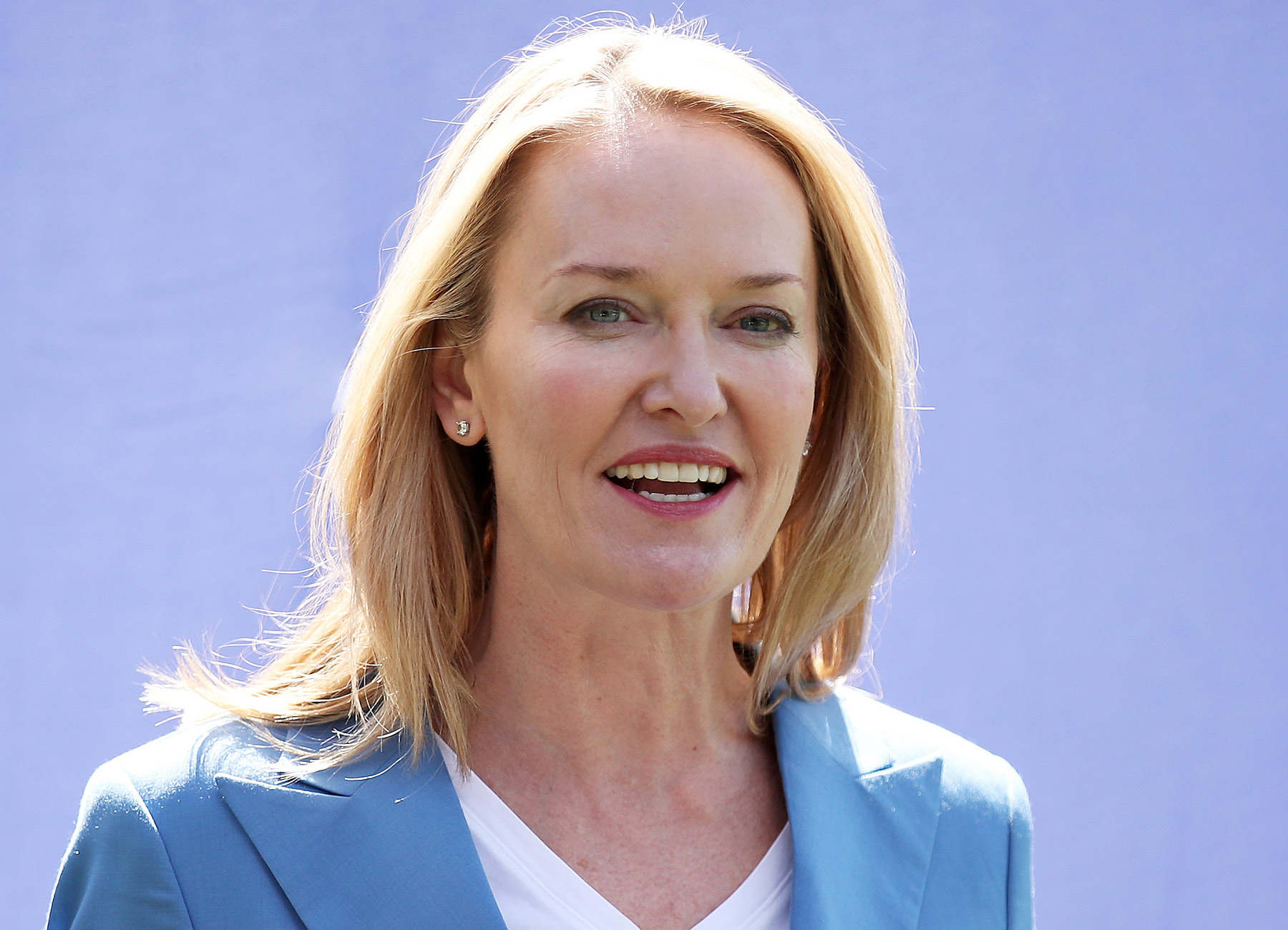
“The sky’s the limit when it comes to this technology. It is a game-changer for our preventative maintenance inspections, which would normally take months to complete, but can now be undertaken in less than half the time.”
- Minister for Metropolitan Roads, Natalie Ward
According to New South Wales Minister for Metropolitan Roads, Natalie Ward, this use of cutting-edge technology will ensure the state’s bridges are maintained to the highest standards, enhancing their longevity. “The sky’s the limit when it comes to this technology. It is a game-changer for our preventative maintenance inspections, which would normally take months to complete, but can now be undertaken in less than half the time,” she said.
So far, Transport for NSW has trained more than 20 drone pilots and added water-resistant drones to the fleet, allowing inspection work to take place both in the rain and underwater.
Transport for NSW oversees 18,000 kilometres of roads and more than 6000 bridges statewide and so this new innovation is ground-breaking, offering less disruption and greater cost-benefits and efficiency as well as making travel around the state much safer – a high priority for the organisation in the wake of the recent wave of natural disasters.
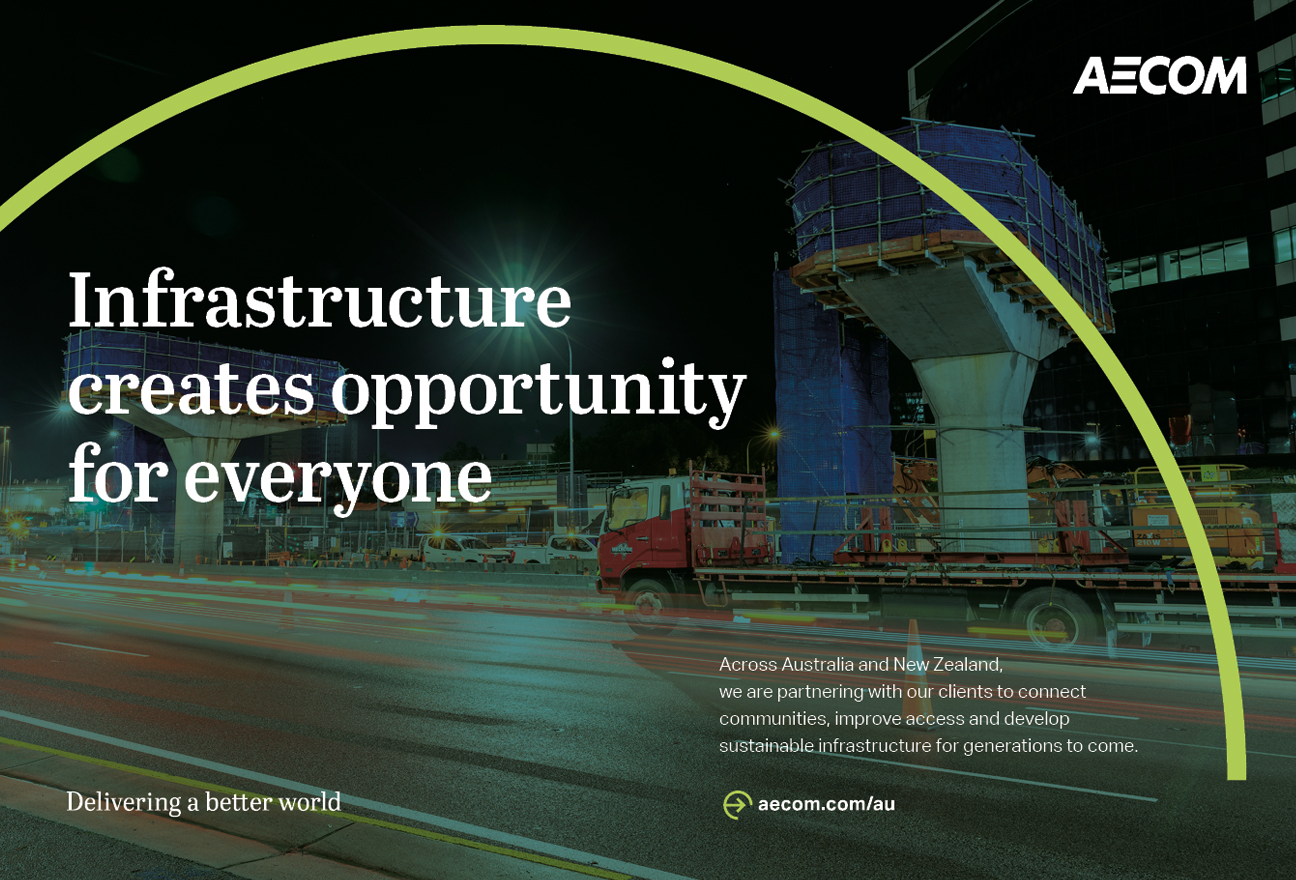
In another ambitious move that will also drive safety, Transport for NSW is working hard to cover every road across the state through its Live Traffic NSW platform, now in its 12th year. The network provides real-time traffic data, which helps motorists to plan their journeys safely.
“This includes publishing live shots from 155 cameras every minute, and details of 500 incidents per day on average,” Ward explained. “This has helped state road users and now we’re planning to gather incident data on every road in the state by 2024.”
The website records up to 660,000 visits per day, and spiked 33 times this number during recent bushfires and flooding. “Demand has never been higher for timely and accurate information, and we expect this demand to increase as more councils come on board,” Minister for Regional Transport and Roads, Sam Farraway, added.
“Providing a better service for users will be valuable during emergencies like floods or fires, with more detailed information available to help protect communities and save lives.”
Road safety is the focus of several other initiatives as part of Transport for NSW’s safer roads program, Towards Zero. This year, the state government confirmed an additional A$196 million would be made available through the scheme, which it is confident will deliver a “brighter future” for New South Wales families by ensuring they reach their destinations.
“One death on our country roads is one too many and it takes a suite of measures to save as many lives as possible, like improving our road infrastructure,” Farraway stressed.
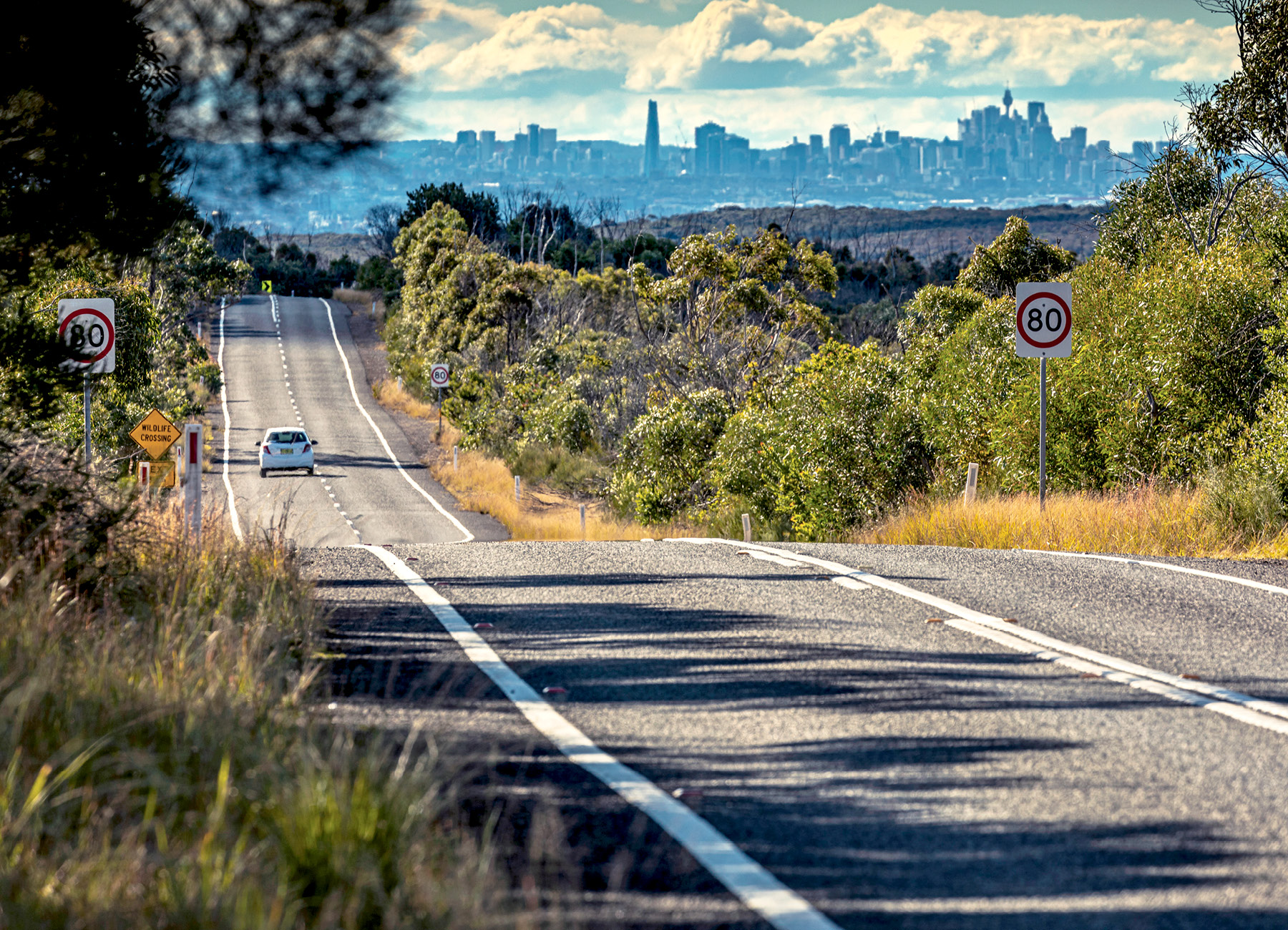
“One death on our country roads is one too many and it takes a suite of measures to save as many lives as possible, like improving our road infrastructure.”
- Minister for Regional Transport and Roads, Sam Farraway
It follows a A$640 million investment in the Saving Lives on Country Roads program, which targets regional locations with a greater chance of accidents and the installation of 2,700 kilometres of “rumble strips” with audio tactile line markings and extra safety barriers along regional highways to tackle driver fatigue.
The latest funding injection will build upon the 630 projects that have already been completed under the scheme, including intersection and traffic light upgrades and pedestrian islands.
Reducing the number of crashes involving heavy vehicles is the goal of a further initiative, which will see registered heavy vehicle operators able to access their drivers’ demerit points balance – a move that will allow them to better manage driver behaviour and improve road safety.
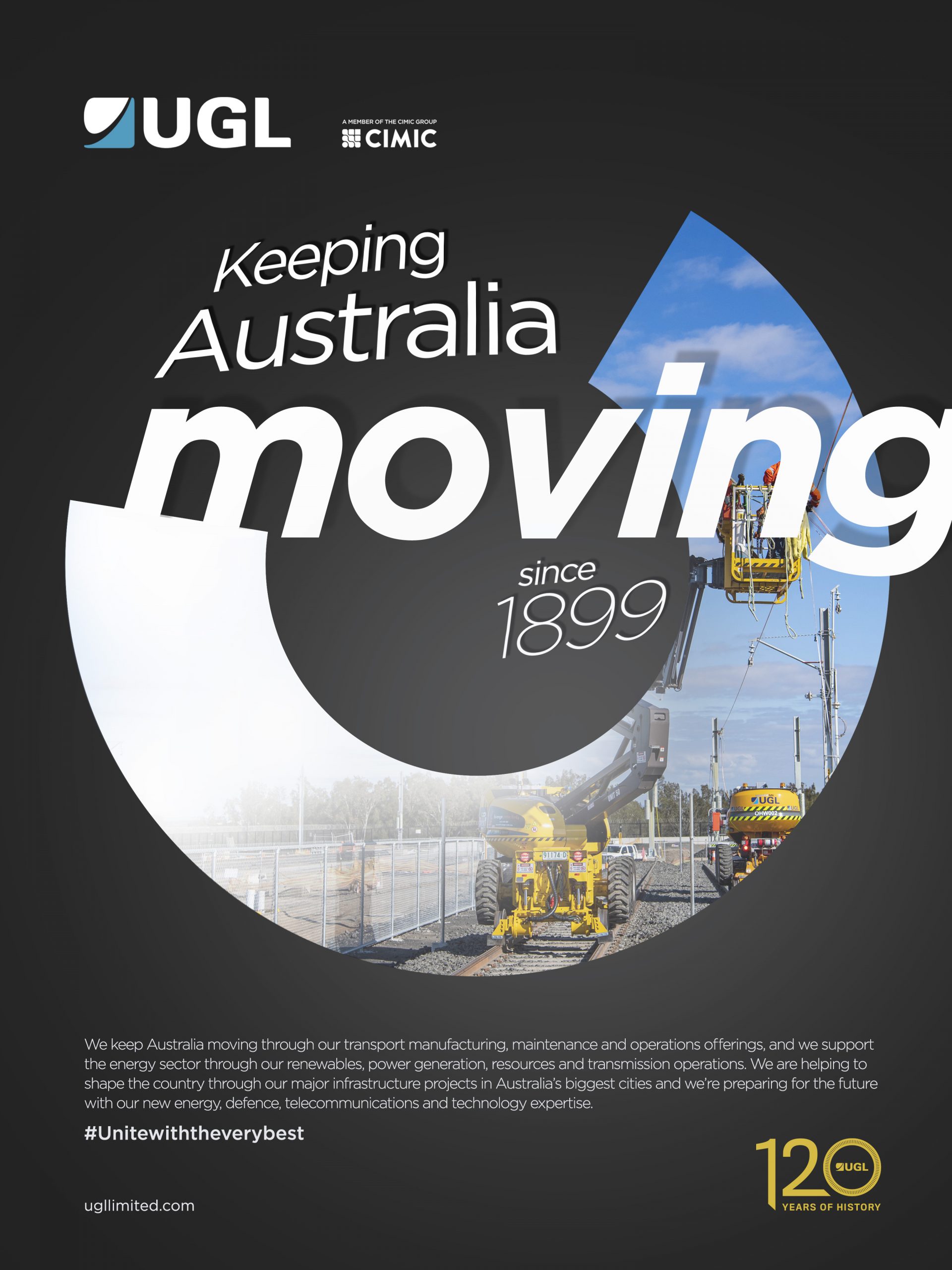
“Transport for NSW has worked closely with the heavy vehicle industry and listened to their calls for a clearer system to help both operators and drivers carry out their work safely,” Farraway said.
“Giving operators access to their drivers’ demerit points record will allow them to identify and work with their drivers to address potential safety issues early. Improved education and training will help employers work with their drivers to prevent them from losing their licence and save lives on our roads.”
Working closely with a number of industries is also essential, with the construction industry a particular focus during the pandemic in order to keep projects going and balance spiralling costs amid great uncertainty. Addressing the impact that the industry is having in terms of its carbon footprint is also a priority for Transport for NSW, with stakeholder relationships able to drive real industry sector change.
While there is little question that transport projects are critical to support the growth of NSW, the impact of the construction, operation and maintenance of Transport for NSW’s infrastructure on the land, water and air can be considerable. As a result, it has committed to minimising those impacts in a number of ways. These include diverting waste from landfill, recycling and recovering certain materials and preserving drinking water.
Its Albion Park Rail bypass project, completed in October 2021, saw it recycle 30 million glass bottles into crushed glass, which was used instead of sand in the asphalt process along the 9.8-kilometre bypass upgrade. The base asphalt layer used on the Albion Park Rail bypass is made up of 25 per cent recycled material, including 10 per cent recycled crushed glass and 15 per cent reclaimed asphalt pavement.
The A$630 million four-lane project reduces travel times by bypassing 16 intersections and is one of the first projects to implement this sustainability initiative on a large scale.
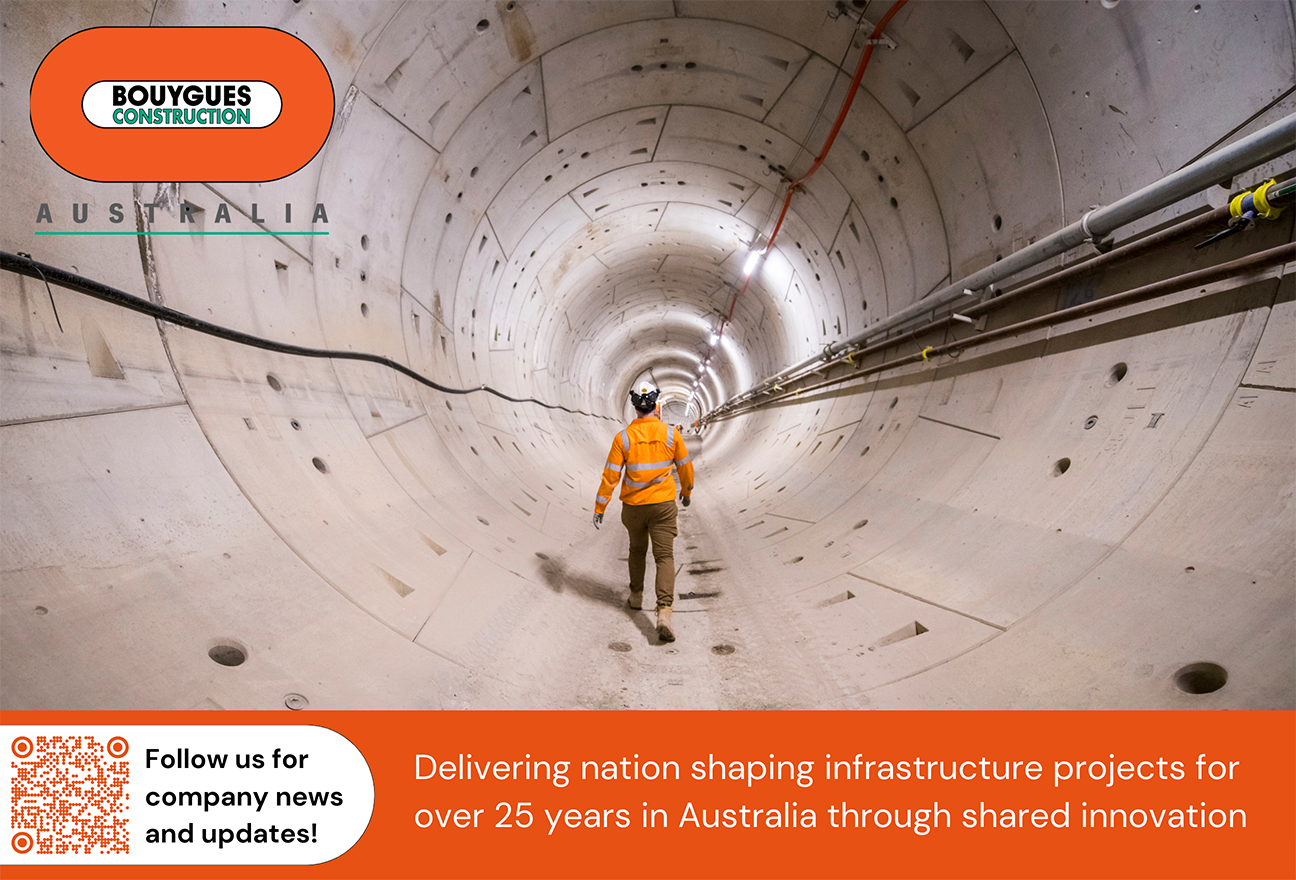
Turbulent is one way to describe this year – with a raft of structural changes within government as well as a change of premier and a number of other ministerial changes for the portfolio. These have created a challenging environment all while Transport for NSW has continued to react to the recent crises that have come its way.
Any additional problems like supply issues can therefore place a lot of pressure on the system. As a result, Transport for NSW has had to become incredibly agile in order to manage crises effectively, with teams in place specifically dedicated to such work.
This agile approach, combined with its impressive adoption of technology and innovation over the last three-to-four years, has helped it survive any recent storms and, with many game-changing projects currently underway, the future of the state’s transport looks set to be quite a journey.